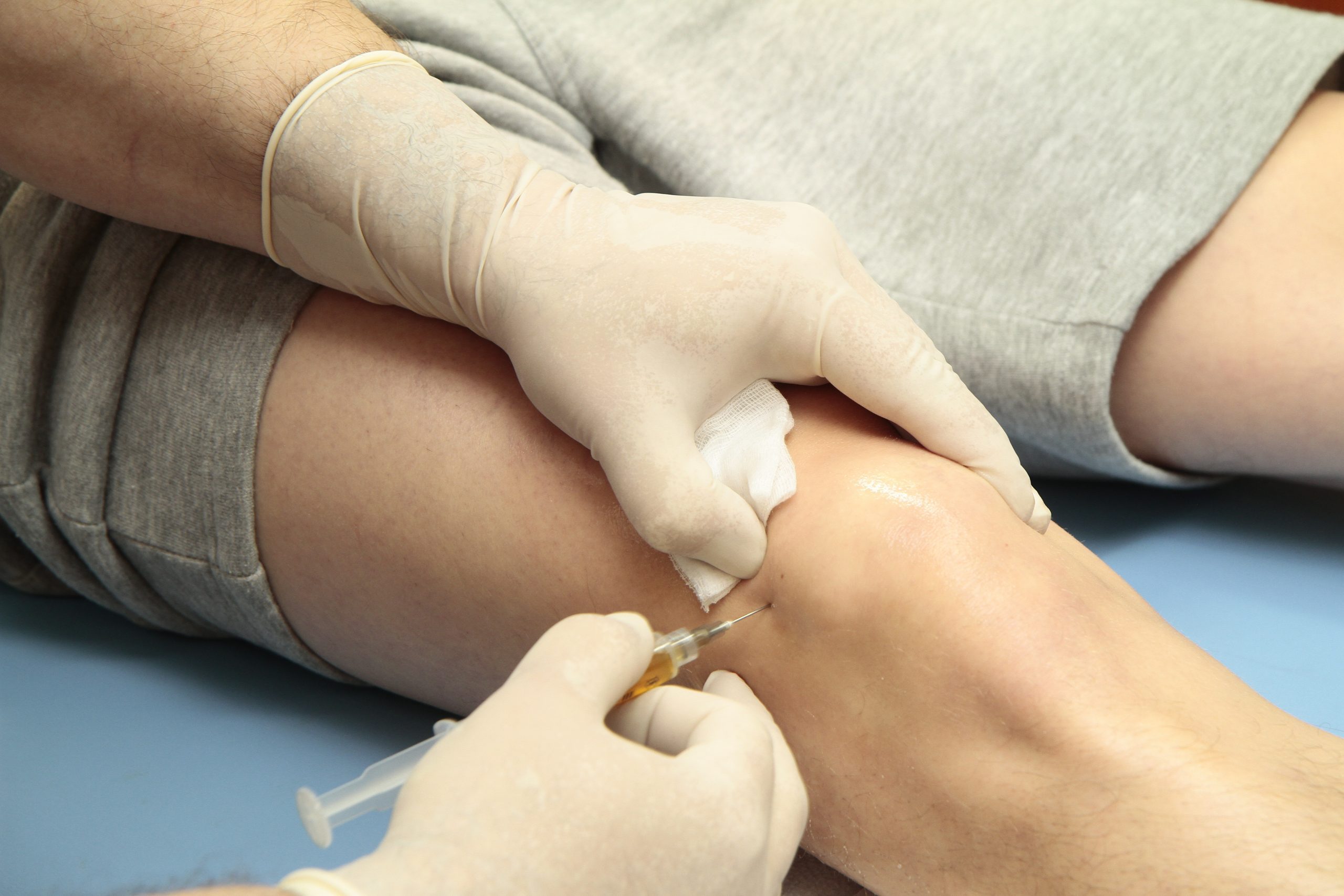In the realm of orthopaedic sports medicine, the treatment of Anterior Cruciate Ligament (ACL) injuries stands as a critical challenge and area of innovation. The BEAR (Bridge-Enhanced ACL Repair) and STARR (Soft Tissue Augmented Regenerative Repair) techniques represent significant advancements in non-traditional ACL repair methods, each offering distinct benefits and approaches. At London Cartilage Clinic, our specialists are pioneers in implementing these cutting-edge techniques, providing UK athletes with top-tier care and recovery options.
Understanding BEAR and STARR Techniques
The BEAR technique utilises a bioengineered scaffold that is placed between the torn ends of the ACL, facilitating natural ligament healing without the need for traditional grafts. This method is minimally invasive and focuses on enhancing the body’s innate healing capabilities.
Conversely, the STARR method, while based on similar regenerative principles as BEAR, incorporates an advanced collagen scaffold that is augmented with growth factors. This approach not only supports the ligament but actively promotes faster and more robust integration and healing of the tissue.
 Cartilage
Cartilage Knees
Knees




